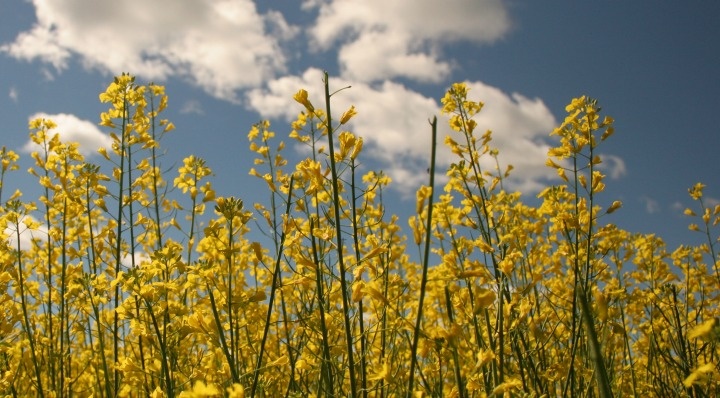RCA’s presentation to the Limestone Coast Local Government Association in support of our region remaining a GM-free Crop Zone
Why we want our Councils to remain a GM-free Crop Zone
Losing South Australia’s state-wide GM-free status and reputation for high quality GM-free food products will disrupt market and trade opportunities for producers and processors all over the state, including those in our local government areas.
As an example, Kangaroo Island farmers worked hard to stay GM-free as they earn big premiums for the island’s GM-free grains and beverages, in local and export markets. KI Pure Grain told the Anderson Review,
“The potential direct cost to KIPG and the KI Grain Growers is the loss of demand for our Non-GM Canola which presently stands at approximately $3,025,000. Additionally, … there is potential to lose further sales of other grains marketed as ‘GM Free’ which would add to this loss.”
The Palsystem Consumers’ Co-operative Union of Japan’s submission noted their strict non-GM policy, so they bought canola and honey exclusively from Kangaroo Island, with annual revenues of $6 million to the Island’s economy. They added
“In order to further develop our economic contribution for both Kangaroo Island and the whole of South Australia, we are currently working on a plan to expand our range and volume of non-GM products, but the extension of the moratorium is critical to this plan.”
Another GM-free Japanese Consumer Co-operative, Coop Shizenha, which has over 142,000 members said,
“Our turnover is expected to reach AUD$233 million this fiscal year [2018]” and we “hope that we can contribute further to your economy by purchasing agricultural products cultivated in South Australia and Kangaroo Island as the only remaining Non-GM cultivation area of your country.”
As the GeneEthics submission pointed out to the Anderson Review:
“Australian non-GM canola has earned premiums in Europe since 2006 and the GM canola discounts continue to be significant. CSIRO team leader Dr Sandra Eady and Australian Export Grains Innovation Centre chief economist Ross Kingwell confirmed that ‘We’ve achieved a $100 million per year premium for our farmers, given the extra $20-$40/tonne paid for Australian non-GM Australian canola.’”
In the week ending June 5, 2020, GM canola was discounted $95/tonne in WA compared with non-GM varieties, $39/tonne in Port Melbourne, and up to $39/tonne in rural NSW.
What we want our Councils to achieve
Limestone Coast Councils have the opportunity to remain a GM-free Zone, despite the Government’s determination to make the whole South Australian mainland into a GM crop area.
We ask our Councils to make their best efforts to marshal the processes and community resources so that a GM-free Crop Zone can be secured in the Limestone Coast region.
How we want our Councils to respond
We ask Limestone Coast Councils to:
- consider retaining their Council area as a GM-free Zone. The Government has lifted the state’s GM Crops Moratorium and moved the final decision to local government.
- consult all members of their community, including persons engaged in primary production activities and food processing or manufacturing activities, following the usual practice of community consultation.
- gather evidence of the present and future benefits and costs of remaining GM-free vs the potential benefits and costs of allowing GM crops to be grown in their area.
- apply to Minister for Primary Industries, Tim Whetstone MP, to remain a GM-free Crop Zone, an area in which no genetically modified crops may be cultivated.
Please also note that the Minister must receive applications by September 30th.
There are also many compelling health and environmental reasons to avoid GM crops. However, at this stage of the process, the only reason the Minister will designate an area as a GM-free Crop Zone is for the preservation of the identity of crops (GM and non-GM) for marketing purposes.
We ask that you forward this communication to your member Councils, with your recommendation for close attention and action.


Leave a Reply